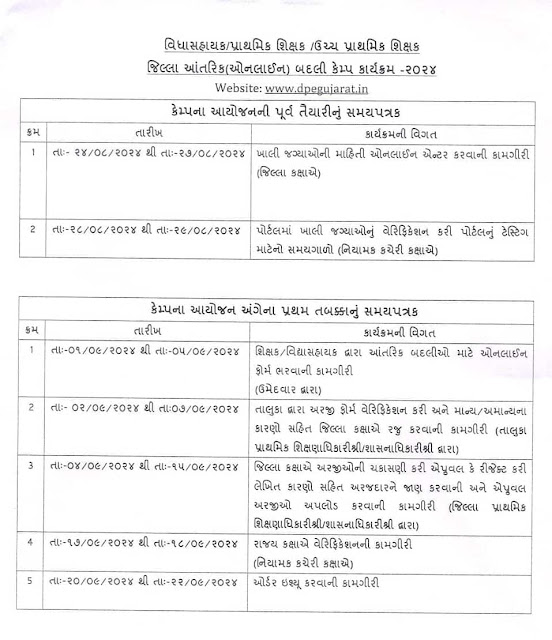At sea, a storm warning is a warning issued by the National Weather Service of the United States when winds between 48 knots (89 km/h, 55 mph) and 63 knots (117 km/h, 73 mph) are occurring or predicted to occur soon. The winds must not be associated with a tropical cyclone.[1] If the winds are associated with a tropical cyclone, a tropical storm warning will be substituted for the storm warning and less severe gale warning.
In US maritime warning flag systems, a red square flag with a black square taking up the middle ninth of the flag is used to indicate a storm warning (the use of two such flags denotes a hurricane force wind warning or a hurricane warning). The same flag as a storm warning is used to indicate a tropical storm warning.
On land, the National Weather Service issues a 'high wind warning' (Specific Area Message Encoding code: HWW) for storm-force winds, which also encompasses the lesser gale-force and greater hurricane force winds. In most cases, the warning applies to winds of 40-114 MPH for at least 1 hour; or any gusts of 58-114 miles per hour on land unless a tropical storm warning, blizzard warning, winter storm warning, severe thunderstorm warning, or dust storm warning covers the phenomenon. Winds in excess of 115 MPH (100 kt) will always result in new issuance of an extreme wind warning shortly before their onset, typically right before the eyewall of a major hurricane makes landfall, but possibly as a substitute for a severe thunderstorm warning in an extreme derecho event. The only exception is that if the extreme winds are associated with a tornado, a tornado warning(or more likely a tornado emergency) will be issued instead.









